Mysuru: Will the historical Wellesley Bridge near Srirangapatna meet the fate of Lushington Bridge at Kollegal that was washed away last month? Seeing the present state of the Wellesley Bridge that is near-to-submersion due to thousands of cusecs of water being released from the Krishna Raja Sagar (KRS) Dam, heritage lovers feel that the bridge might not be able to withstand the pressure of water for long.
It may be recalled here that the Lushington Bridge, the oldest heritage stone bridge in the erstwhile princely State of Mysore that was constructed in 1818 at Shivanasamudra near Madhyaranga across River Cauvery, was washed away on July 17 in the gushing floodwaters of River Cauvery. Nearly 40 feet of the structure was washed away. Star of Mysore had carried a detailed report on the Lushington Bridge when it became a victim of heavy water currents.
The 400-metre Lushington Bridge is called the Wellesley Bridge by the locals. Historical references say that initially the bridge was named after colonial administrator Lord Richard Colley Wellesley, it was renamed as Lushington Bridge in 1835. Interestingly, the Lushington Bridge looks similar to Wellesley Bridge at Srirangapatna that is now under threat of being washed away.
It is the only oldest bridge on the Mysuru-Bengaluru highway that still handles vehicular movement. But only cars and motorcycles of local residents are allowed to move on it while the movement of heavy vehicles has been banned. Latest reports from Srirangapatna said that no vehicles, even bikes and scooters, are being allowed on the bridge as the water flow has increased. Police said that the ban will be lifted only after the water release subsides.
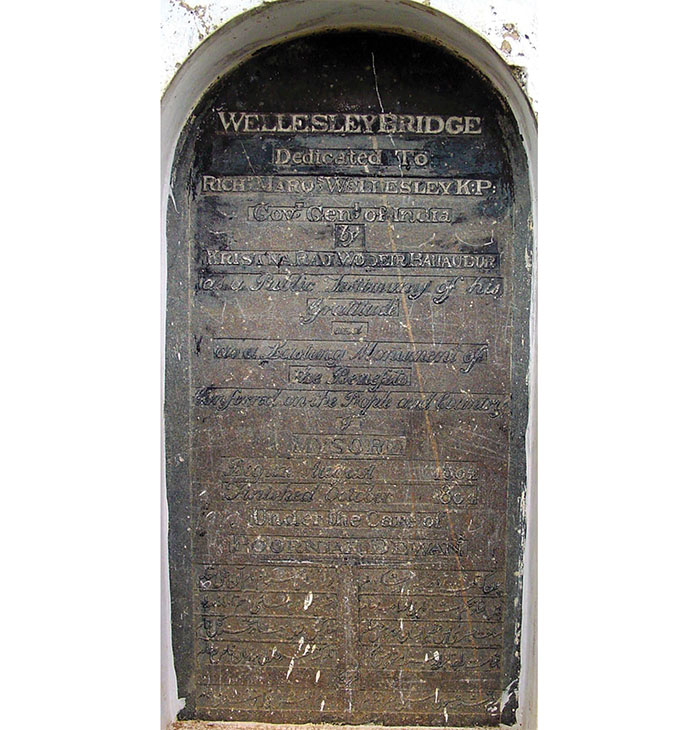
The inscription on one end of the bridge that is written both in English and Urdu reads, “Dedicated To Richard Marquess Wellesley K:P: Governor General of India by Krishnaraj Wodeir Bahaudur in a public testimony of his gratitude and as a lasting monument of the benefits conferred on the people and country of Mysore, under the care of Poorniah Dewan.”
Speaking to Star of Mysore, former Mysuru City Police Commissioner C. Chandrashekar said that there is an urgent need for the State Government to restore the Wellesley Bridge before it disappears due to vagaries of nature and the regular water release from the KRS.
The oldest bridge in the region was built by the British in 1735. It was built across Kapila near Nanjangud. A unique feature of the bridge was that it was used for both rail and road traffic. Road traffic was closed when a train passed. The Indian Tourism Development Corporation (ITDC) had arranged special trips about 20 years ago only to relive the old times.
“But the oldest functional bridge on which a heavy truck can pass even today is the Wellesley Bridge near Srirangapatna. It was completed in 1804 during the reign of Mummadi Krishnaraja Wadiyar at a cost of Rs 5.5 lakh. It was built after the fall of Tipu Sultan in 1799 during the Fourth Anglo-Mysore War. It is an engineering marvel built on monolithic stone pillars,” he explained.
Wellesley Bridge served the travelling public between Bangalore and Mysore till a new and bigger bridge was built,” Chandrashekar said and added that wild growth and lack of maintenance and strong water currents during monsoon and during the water release from the KRS have taken a toll on the historical bridge.
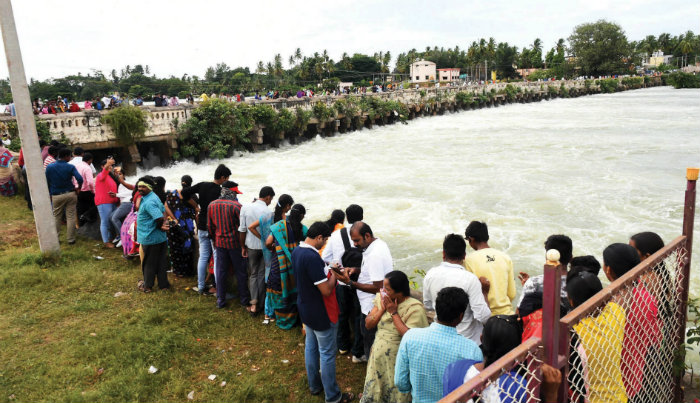
The construction was supervised by Dewan Poornaiah and it was named after the then Governor General Richard Wellesley, considering his contribution in strengthening the British military forces.
Before the construction of the new bridge facing the Wellesley Bridge, the old bridge linked Mysuru and Bengaluru and it connected Bengaluru and Kodagu via Mysuru. Then it was called Madras-Canannore Road (present Bengaluru-Mysuru highway). The Wellesley Bridge has immensely contributed to the growth of many places between the then trading port towns Madras and Canannore (now Kannur in Kerala).
The road was extensively used for over a century to transport goods as Kannur and Madras had trading ports. Hundreds of stone pillars, corbels, girders, slabs, and lime mortar have been used for the longevity of the bridge.
“First, the weed growth must be cleared and the bridge must be declared as a historic monument and a site of archaeological importance. Later, it must be handed over to conservation experts,” history lovers said.



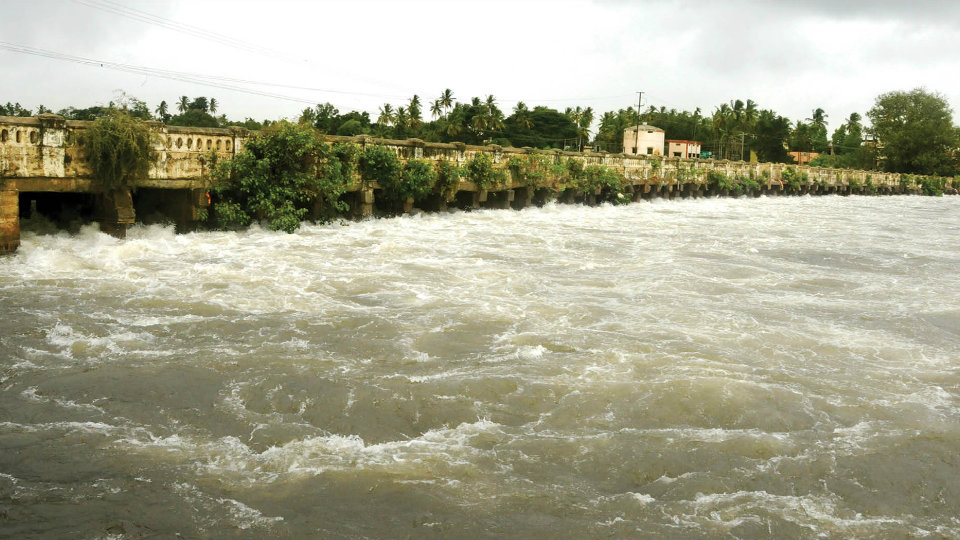
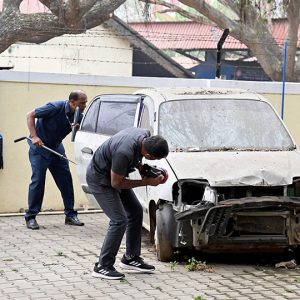
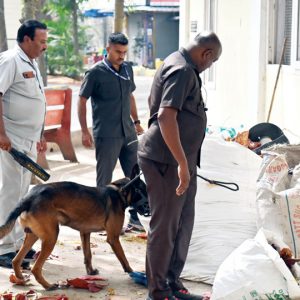
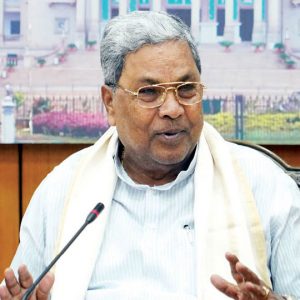
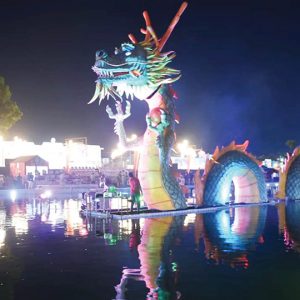
Wellesley bridge was totally submerged during the floods of 1961 in Srirangapatna, cutting off road traffic between Mysore and Bengaluru. However, rail traffic was not affected as the railway bridges were at a much higher elevation. So, after 1961 construction of the new bridge at a higher elevation as an alternative to Wellesley bridge was taken up.
The floods referred to by Dhanesh Manek was not in 1961. It was actually in 1965. I was studying in Srirangapatna – Middle School at that time . I distinctly remember the water flowing over the Wellesley Bridge for days together and in fact the Concrete Road was totally destroyed. But the Bridge cum Acqua duct near Pashima Vahini continued to function at that time. It was only after this two new Bridges were built on bot the flanks of the Cauvery.
It is not 1965 but 1962. Typo
The article is full of errors.
@ The oldest bridge in the region was built by the British in 1735. British were no where in the scene at that time ! It was built by the famous Dalvoys of Mysore – Dalvoy Devarajayya during the ir de facto rule when a young Immadi Krishnaraja Wodeyar was the Ruler.
@ The 400-metre Lushington Bridge is called the Wellesley Bridge by the locals. Historical references say that initially the bridge was named after colonial administrator Lord Richard Colley Wellesley, it was renamed as Lushington Bridge in 1835.
The island of Sivasamudram is also known as the Madya Ranga, the abode of Lord Ranagathaswamy. The Bridge connecting the island with the main land is an ancient Bridge. In 1791, during the Mysore War III, Tipu Sultan had destroyed every means of the forage between Bangalore and Srirangapatna and had driven all the inhabitants and cattle in to the island of Sivasamudram, thus presenting a silent and desolate country to the advancing army of Lord Cornwallis. But later the island was overgrown with dense Jungle, and the old Bridge connecting it with the mainland on both sides had become impassable.
Tiruvazhakkeni Ramaswamy Mudaliar started his career as a cook to Col. Marks Wilks, Acting Resident of Mysore in 1805. Later he served in this capacity to the next Resident Honorable Mr. A.H.Cole (1811-1820). Due to his recommendation, Maharaja Mummadi Krsihna Raja Wodeyar appointed him as the Anche Bakshi and became close to the Maharaja also. The repair of the old Bridge was undertaken by the Ramaswamy Mudaliar in 1818 and completed in 1921. He expended huge amount and also caused restoration of many temples. Maharaja in recognition of his work gave as Inam many Villages around Belakavadi consisting of four tanks in 1829 with income of around 1545 Varahas.
But this was known as Ramshatuva. The length of the Ramashatuva Bridge is one thousand feet, the breadth of the roadway thirteen feet, and the height, including the foundation, is twenty-three feet. It is supported by four hundred pillars, which form a hundred and thirteen chesmas, and the stones forming the roadway are not let into sockets, but fastened to the pillars with iron pins and mortar.
But the same Gentlemen tok up a more ambitious Project to build a Bridge across the western branch of the river at the island of Sivasamudram. The new bridge which was built as a tribute of gratitude and respect to Right Honorable Stephen Rumbold Lushington,then Governor of Fort St. George, Madras. This was complete din 1933. He even presented a paper before the Royal Asiatic Society. in July 1833 and was honoured. In 1834, Governor General invested him with the Jahagir of the island of Sivasamudram, which was part of British territory with an annual income of Rs.8000.00. He was also honoured with the title JanOpakAri kAmakarta or Public Benefactor. Jahagirdar Ramaswamy Mudaliar also errcetd a Bungalow near the Bridge for the accommodation of the European Visitors!
Thus Marquess of Wellesley ( actually then Earl of Mornington) had long left India in 1805 and was not connected with either Ramshetuve or Lushington Bridge.
But none of the above Bridges can claim to be the oldest !
Oldest and yet a functional acqua duct is the one across the River Cauvery at Pashima Vahini.
Among all the Wodeyar Kings, the greatest builder of public works must surely be Ranadheera Kanteerava Narasimharaja Wodeyar ( 1638-1659) One of his favourite “Gandharva Patni”, known as Doddajammanni, went on repeatedly pleading with him on behalf of the general public that “The population living within the fort need bridges for crossing the Cauvery river to go out to the country especially during times of flood. They also need access to water within the island so that they need not go down to the river to fetch the water”. The Raja was convinced and ordered the construction of the three bridges over the North Branch, the South Branch and the Paschimavahini. Further, he ordered the construction of an anicut (a wier) near “Chandravana” at the Gautama kshetra at the river fork and of a canal taking off from it. He then arranged for the canal to run over the South bridge, wherein one steam of water crossed another over a bridge, a type of structure (aqueduct) till then unknown in this country. It’s unique as the aqua duct built over cauvery near pashimavahini is the oldest extant aqua duct in the world. It is remarkable for its brilliant execution, as it happens to be the only aqua duct where the water of the very same river is taken across its banks by the aqua duct by natural means. Till around 1965 it also doubled as a Bridge for vehicular movement across the river. The canal in the olden days used to have three branches after the aqua duct. One used to carry water inside the Fort and the second to dariladaulat area garden (it used to be mahanavami dibba then) and the third to Gumbaz area. It is a real heritage site and a brilliant example of the Architectural genius of the times as it withstood the ravages of time and continues to carry water for irrigation purposes even today.
It is an interesting specimen of native architecture, being composed of stone pillars, capped with stone corbels, and surmounted by stone girders, on which the flags of the roadway are laid. Though rough in construction, the bridge has survived the heaviest floods for four centuries without injury.
This is also equally under danger today .
Ther is a typ error in the above post. It should have been Kanteerava Narasa Raja Wodeyar not Narasimaharaja Wodeyar !
Among the bridges built by Kanteerava Narasa Raja Wodeyar at the time, the South cauvery bridge (with the aqueduct) and the Paschimavahini bridge still exist. But, the North Cauvery bridge which was called the Delhi bridge has gone. Tipu Sultan was defeated by the British in the Third Mysore war in 1792 and he had to give his two sons as hostages till the payment of ransom. Thereafter, in 1798 or so, the Sultan had the Delhi Bridge razed down so as to prevent the British army form using the bridge again in the event of another war. In place of the Delhi bridge, a new one was built by Purnaiya in 1804 at the North Eastern corner of the island near Kirangur and named “Wellesly bridge” in honour of the reigning Governor General.
I am from Srirangapatna. I went to schools there and from there took daily travel to Mysore by train for colleges. I have seen river Cauvery in floods unlike the one I am reading about in your news paper. I have never seen so much water running under this good old Historical bridge, Due to high time neglect there is so greenary growing without any proper attention given. When we were youngsters we travelled many many times on that bridge by foot,bi-cycles and the other mass transportation since that was the only bridge we had at that time to connect to go to Mandya,Bangalore etc.etc. besides the railway bridge. Hope river Cauvery will show Mercy on this bridge and recede from floods. I would love to see this bridge again and don’t know when I will do that since I am in CHICAGO. Thank you and keep up the up-dates with more pictures.
Fantastic information by Raja chandra. We are interested in history at Sharadindu Pandavpura.
Do not waste public money by renovating the dead bridges in the name if heritage. Instead demolish and build new bridge in the interest of public
OMG ! We have such people also ! God save us !
like if someone dies forget him !!!!!!!!
@Raja Chandra, very nice article sir !!
Thank you sir, Earlier comment was not intended against your post !
Better for us and future generations, to leave kind of monuments in broken pieces, after it gets washed away, because it’s a learning lessons for all of us, that nature overpowers and destroys all negative symbols of slavery and injustice done to Bharat.
Being an engineer connected with design of bridges, I am extremely interested to learn about the information regarding old bridges. In fact, there are quite a few historically very old bridges in Karnataka. I would earnestly make a request to Chief Minister Kumaraaswamy to appoint a committee of engineers to tour the whole of Karnataka and collect information of such bridges/structures. This would help to bring out a compendium with background historical information of bridges with photographs that should tell a fascinating story and also provide a learning experience.
There are many places in Tumour District and Kolar District where the draught conditions prevail. The excess water need to be diverted to these area by filling.all the tanks. Let us think how best we can do this.
It is really wonderful to know about our historical buildings, bridges,roads etc. thanks for the detailed description. I remember my elders giving us such narrative information we used to enter into a realm of our own imagination about the activities done by great people and developed esteemed respect for them. I request the author to publish more such articles
I once again thank the author and 🌟 of Mysuru
please give us regular information on the status of this beautiful bridge , as soon as there is scope to repair it has to be strengthened before next rainy season ,latest technologies to detect cracks are available with mechanical engineers ,some remote sensing methods will-help detect any cracks and breakages and all of that need to be repaired along with supports needed to strengthen it to face heavy rains in future ,also plgive us status of pashcimavahini and other sr patna regions ,and krs regions -give us daily updates
thank you for these details mr raja chandra ,what is that tunnel near or under gajendra moksha mantap in s r patna please
now that the rains have receded will the government take necessary steps to conserve this bridge ?